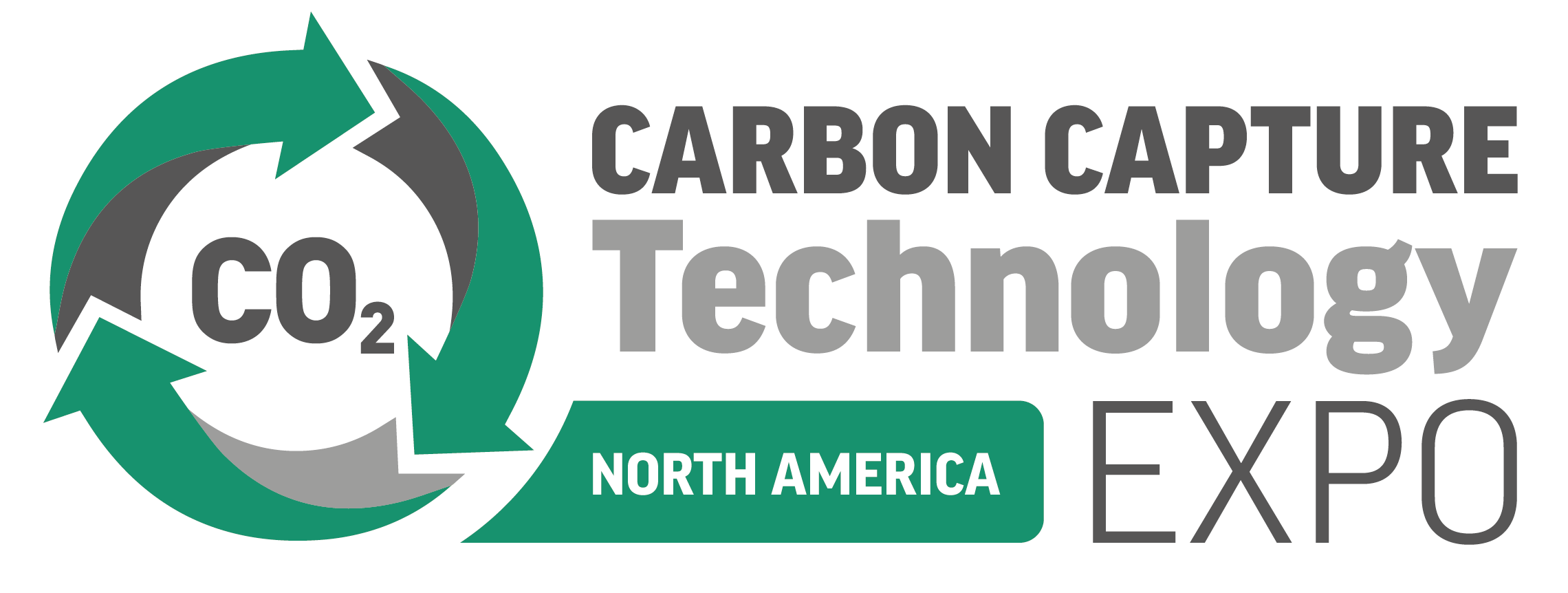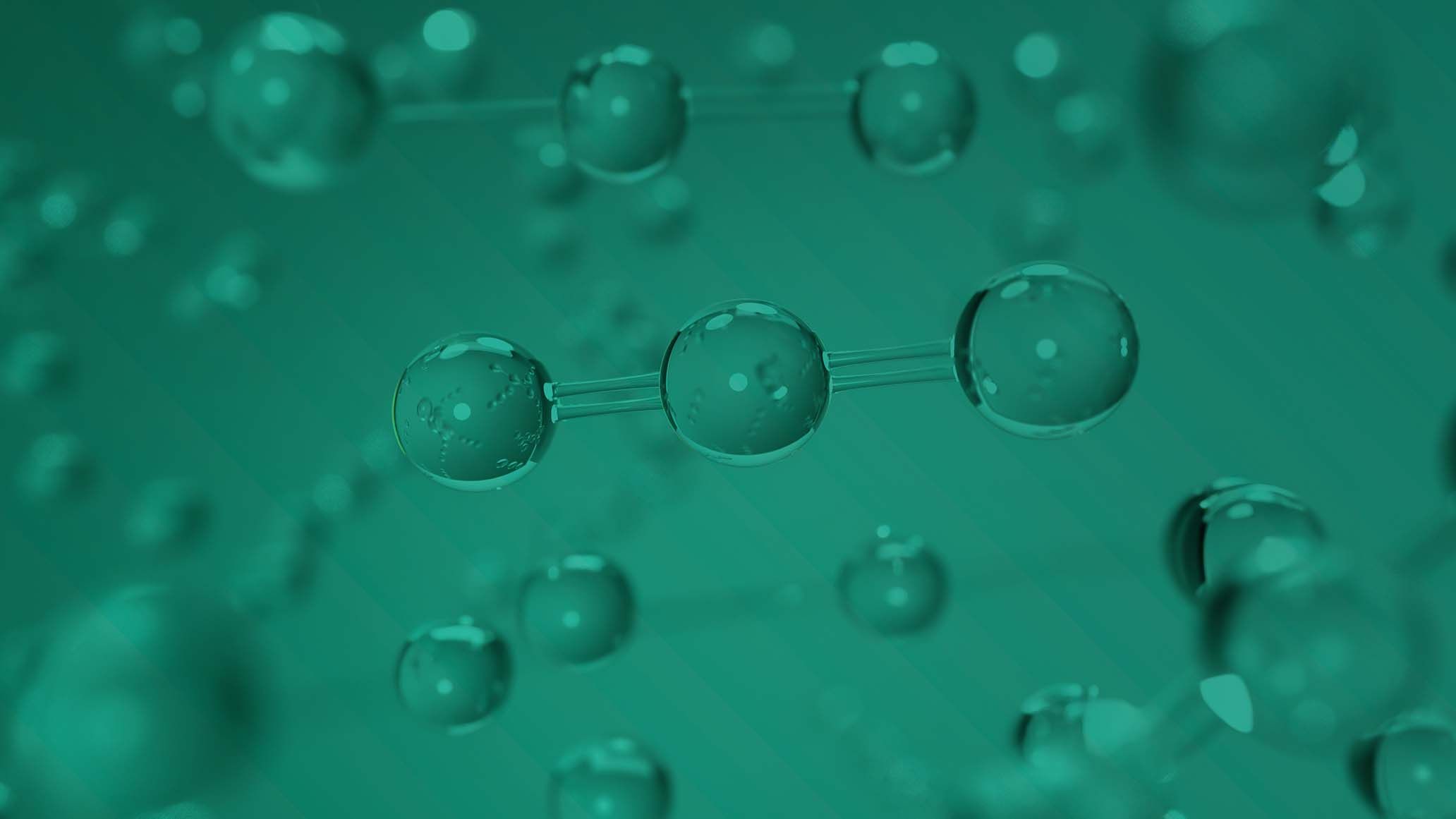Heirloom Carbon Technologies opens first commercial DAC facility in the U.S. which uses limestone
)
The new, innovative direct air capture (DAC) facility was recently opened in California, earlier this week. The plan for this facility is to not only reduce carbon emissions, but to also accelerate the rate at which carbon dioxide is removed from the atmosphere. This aim is performed through a technique called DAC and is enhanced through the company’s decision to use limestone.
This new plant is the first plant within the U.S. to directly pull Co2 out of the air and the plant has been developed by Heirloom Carbon Technologies in Central Valley. Once pulled out of the air, the captured Co2 is permanently stored and this significantly aids the drive towards removing carbon dioxide from the atmosphere. This technique of capturing carbon is integral to the process of helping tackle global warming, as it is well known that carbon dioxide remains in the atmosphere for hundreds to thousand of years, which along with carbon emissions being added, makes a serious contribution to climate change. It is due to this that Heirloom has not only opened this DAC facility which will provide multiple benefits to the carbon issues, but they have also taken their facility a step further and decided to use limestone in order to enhance their DAC technology further.
Using limestone for DAC is an excellent and innovative decision and comes with hopes that the new technology will be scaled-up to help tackle global warming, due to its effectiveness in removing carbon emissions from the atmosphere. Limestone is an abundant resource and very low in cost which absorbs carbon very effectively as it forms. This process manages to remove carbon from the atmosphere within days instead of years. This process works through heating crushed limestone in an electric-powered kiln, this transforms the limestone into a calcium-based paste, the paste is then spread onto trays where it acts as a carbon-absorbing sponge. The next step, once the carbon is absorbed, is to take the limestone back to the kiln and extract the carbon.
Ater planning this innovative approach to carbon capture, Heirloom announced that they had created a partnership with CarbonCure, providing the project with a way to store the captured carbon permanently, through injecting it into concrete. This final step completes the carbon capture and storage process and the companies have predicted that the plant will have the capacity to capture 1,000 tons of Co2 from the air annually. The companies also hope that this will increase to 1 billion tons by 2035.
So far, this facility places California at the top of the carbon removal industry, plus it is clear that the project appears promising to lots of parties. This can be seen in the growing interest around carbon capture now that it is emerging as an effective way to fight climate change and this is emphasised by the U.S. government’s pledge to provide support to such projects with funding and tax credits. The interest in the project can also be seen through the companies who have already become customers to Heirloom, such as Microsoft, Stripe and Shopify. These companies have chosen to pay Heirloom a monthly fee to offset certain amounts of emissions that they produce, which will help them reach their goal of reducing their carbon footprint and achieving net-zero emissions.



)
)
)
)
)
)
)



)
)
)
)
)
)
)
)
)
)
)
)
)
)
)
)
)
)
)
)
)
)

)

)
)
)

)
)
)
)
)
)
)
)
)
)
)

)

)
)
)
)
)
)
)
)
)
)


)
)
)

)
)
)

)
)
)
)
)
